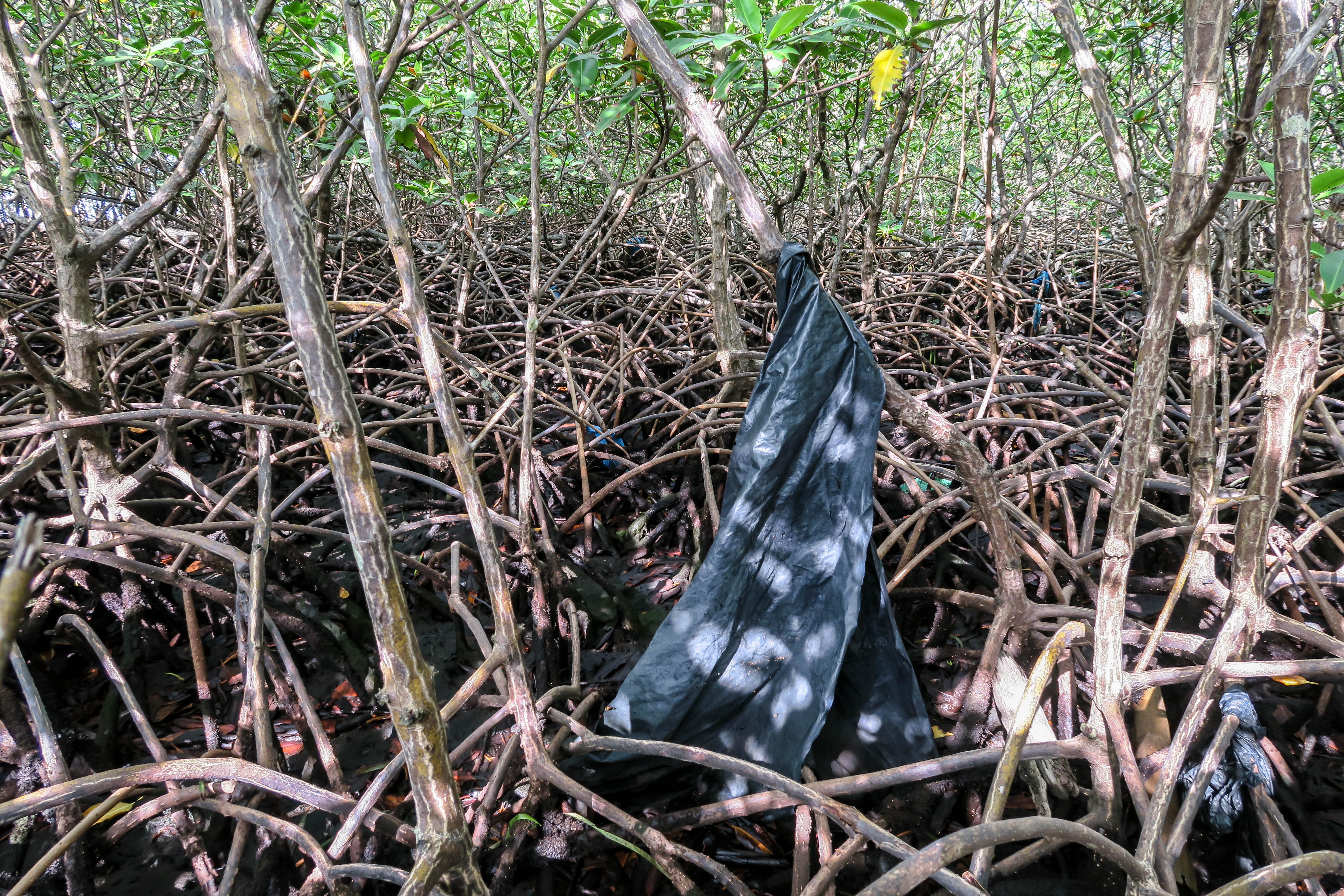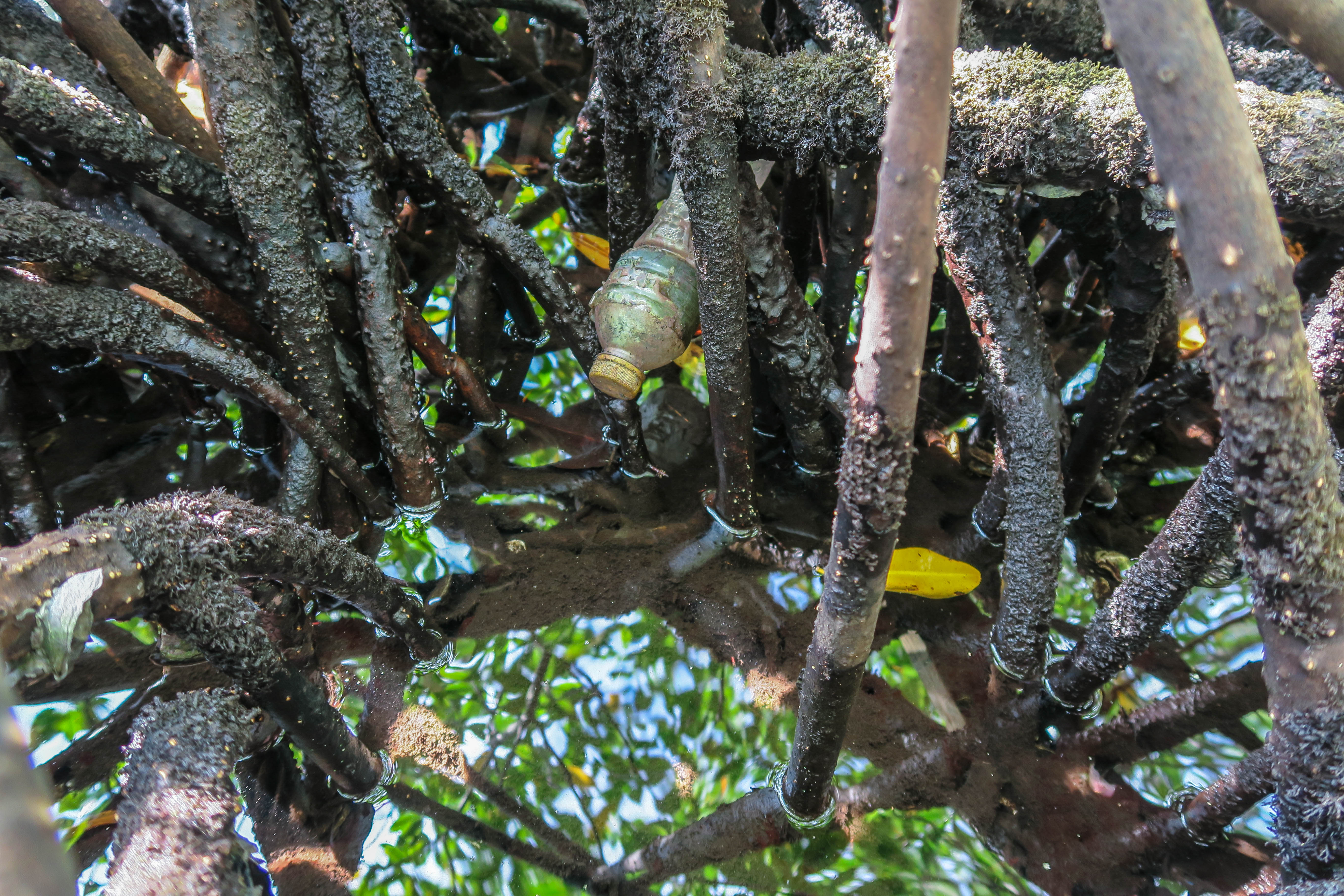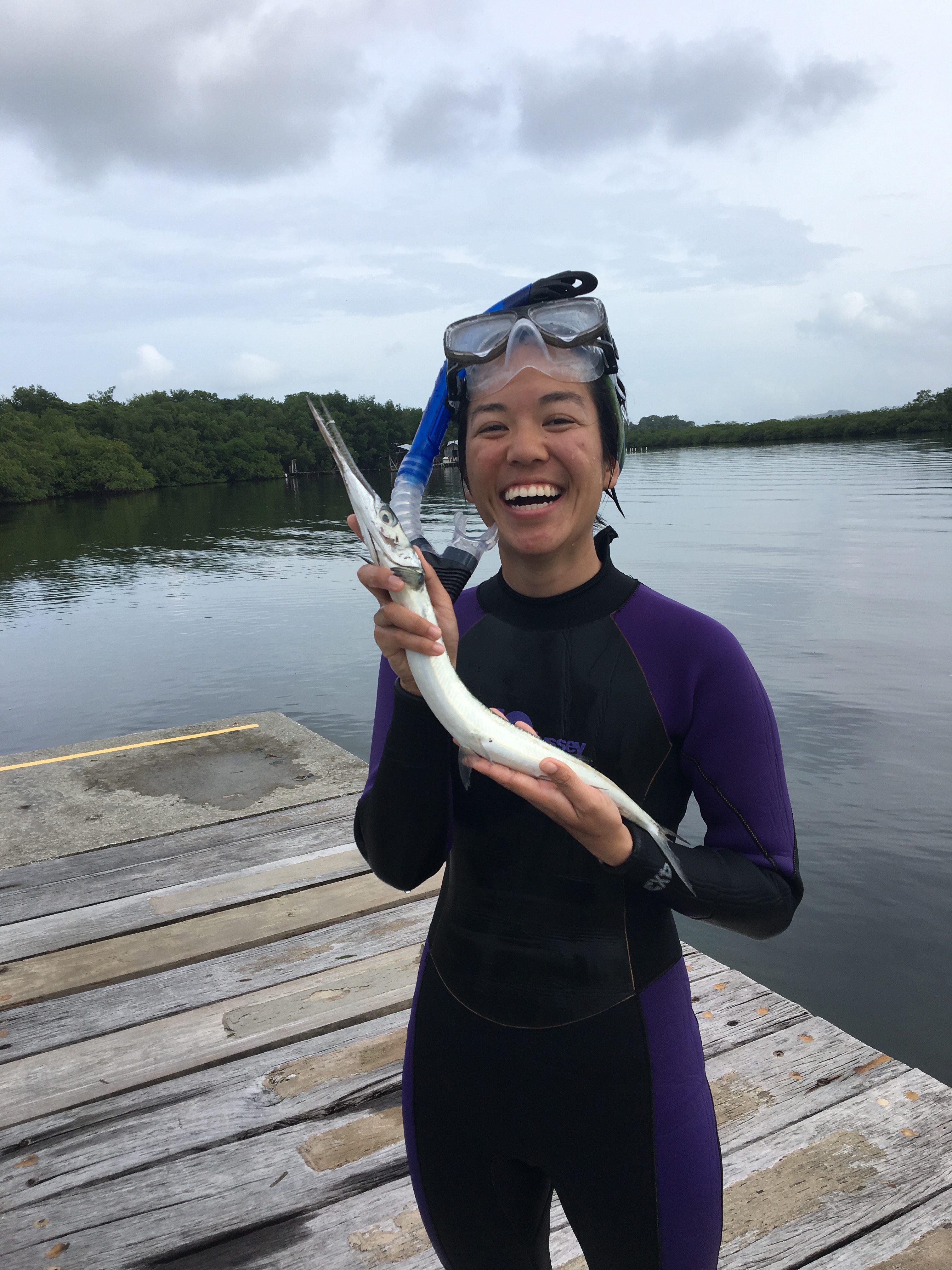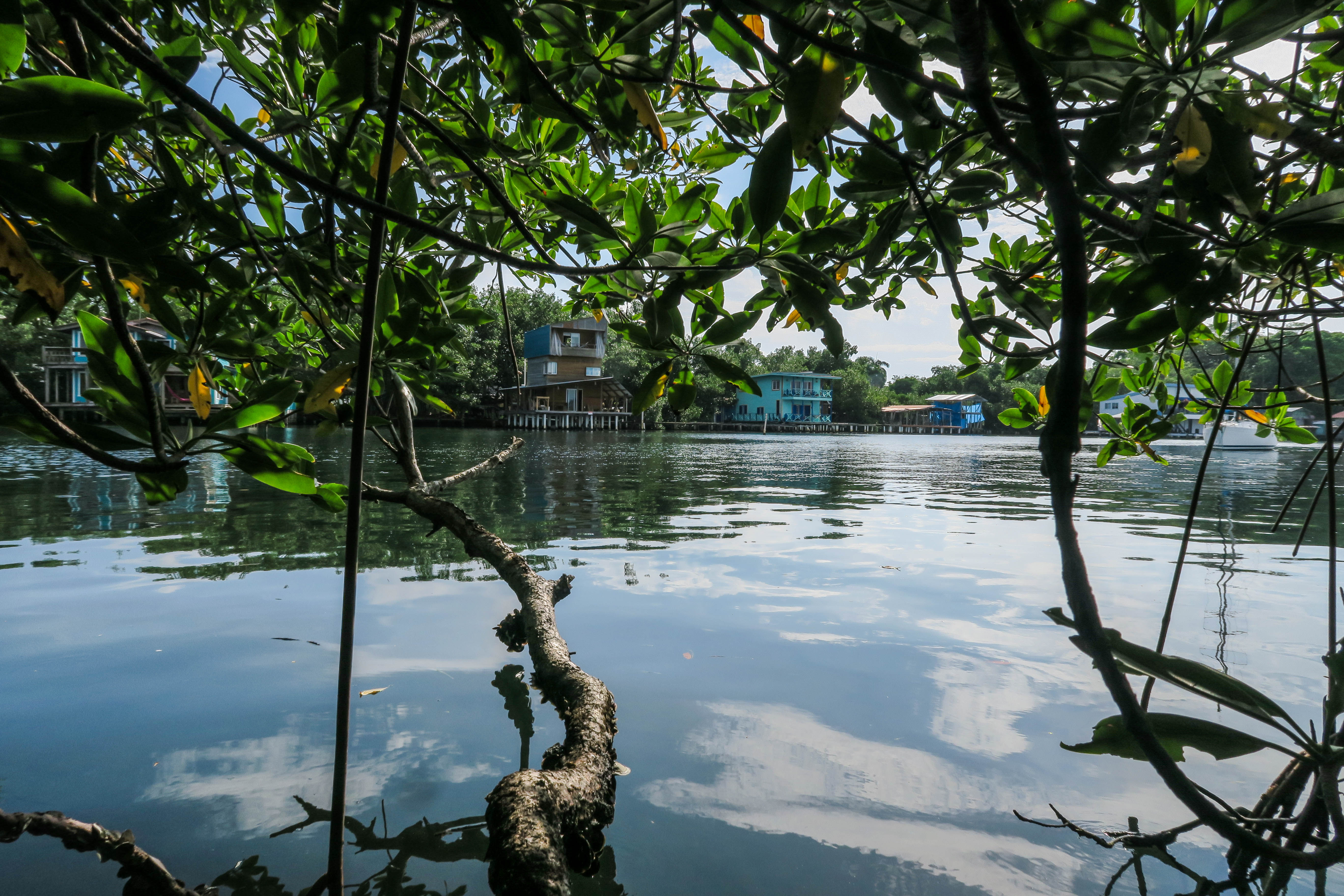This year’s conservation focus for World Ocean’s Day is “encouraging solutions to plastic pollution and preventing marine litter for a healthier ocean and a better future.”
I think it’s fair to say that we know our oceans are becoming plastic soups. Plastics never truly degrade – they only get broken up into smaller and smaller pieces. Every piece of plastic ever made still exists somewhere in our environment.
Here’s a quick refresher on how plastic moves from our hands to elsewhere (and everywhere):
Here in Bocas del Toro, waste management efforts are fairly poor. There is little to no recycling effort and trash gets burned or dumped into the ocean. This is not a problem of the local residents – rather, the transient flow of tourists makes it difficult to establish a precedent for recycling. In addition, waste management systems largely dictate how individuals are able to deal with trash, so even if someone wanted to responsibly get rid of their waste in town here, they might not be able to here due to structural forces much larger than them.
However, there are people in this area who are trying to raise awareness about plastic usage in Bocas. The Plastic Water Bottle Village (a place still on my to-visit list) is an “eco-residential community” of homes that are built from recycled plastic water bottles. The creator of the village, Robert Bezeau, estimates that he has collected over one million bottles over the course of a year and a half. However, local rumors indicate some skepticism about its actual feasibility. Regardless, Robert also spearheaded a Bocas recycling program in 2012. I hope to actually have a conversation with him about how to reduce everyday waste!
One of the first things I noticed when I snorkeled along mangrove roots here was the amount of trash that got caught in them. Even deeper in the mangrove forest, high tides swept whole plastic items and stuck them in-between roots. Although items like plastic bags, beer bottles, and other unidentifiable garbage may seem integrated into the ecosystem since marine organisms live on and around them, there are less conspicuous consequences that are also taking place. Even today, it didn’t take much effort (maybe 30 seconds?) for me to spot bits of garbage entangled deep within the mangrove roots and forest.

Garbage bags (and its contents) drape over the mangrove root. See if you can spot more deeper within the forest.

Industry consultant R.W. Beck estimated that only 12% of “custom” plastic bottles were recycled in 2003. While demand for plastic bottles has only decreased, recycling efforts have flatlined or decreased.
One of those consequences is that our waste into the ocean is making its way back to our dinner plates. My friend and lab mate Rosalyn actually did research on the prevalence of plastics in seafood that was marketed for human consumption.

Rosalyn studied wildlife, fish, and conservation Biology with a specialization in aquatic toxicology from the University of California, Davis. Here she is with a needlefish we found near the dock!
After collecting seafood on sale for human consumption in Makassar, Indonesia and California, it was found that anthropogenic debris was present in 28% of individual fish in Makassar, Indonesia and 25% of individual fish in California. In Indonesia, the majority of anthropogenic waste was plastic debris while in the US, the majority of anthropogenic waste was plastic and synthetic fibers. Rosalyn explained that this is probably due to the different waste management infrastructures present in both countries – in Indonesia, 30% of solid waste that is generated is not processed and directly discarded into waterways while in California, more advanced waste management systems prevent large plastic items to be discarded in the ocean, however waste water outfalls result in plastics ending up in about the same percentages for seafood intended for human consumption in both places.

This figure is from the paper Rosalyn was a part of! All credits go to the authors in Rochman et al. (2015)
Would you feed plastic to the seafood you’re eating? Sounds pretty unappetizing to me.
Check out the awesome paper she co-authored in Nature Communications here: Rochman, C. M. et al. Anthropogenic debris in seafood: Plastic debris and fibers from textiles in fish and bivalves sold for human consumption. Sci. Rep. 5, 14340; doi: 10.1038/srep14340 (2015).
Back in the US, I am able to freely disassociate from myself from the waste I produce. Once my waste ends up in a trash can or recycling bin, it’s out of sight and out of mind. Here, I am literally swimming in garbage most times I enter the water. But that doesn’t necessarily mean that the people in Bocas del Toro, Panama are more negligent when it comes to their wastefulness – if anything, it just means that local impacts are more visible.
Ideally, studying the biodiversity of nearshore marine ecosystems and their means examining unaltered and untouched marine habitats and communities, but that no longer is the norm. In contrast, more and more scientists will have to account for human impact (like pollution and waste) in their research and data analyses.
We choose to bring more plastic into existence on this planet, and there’s not a lot we can do about it (currently) once it enters prolifically into our oceans and environment. Being conscientious about the consequences of convenience is a great first step, and one that can make a huge difference!
Here’s a link to 51 ways you can reduce your plastic usage, courtesy of Reef Relief: https://www.reefrelief.org/2013/01/51-ways-to-reduce-plastic-use-or-completely-eliminate-it/

Nice piece, we all have to conserve, do it together. Proud of you.